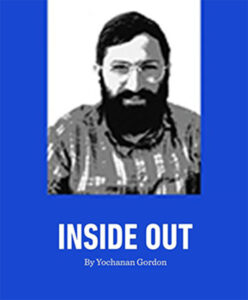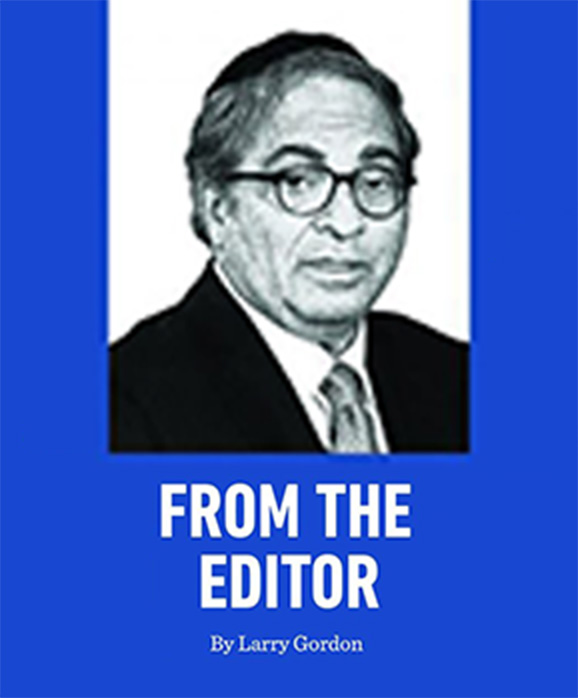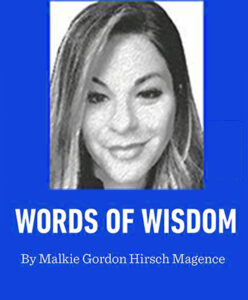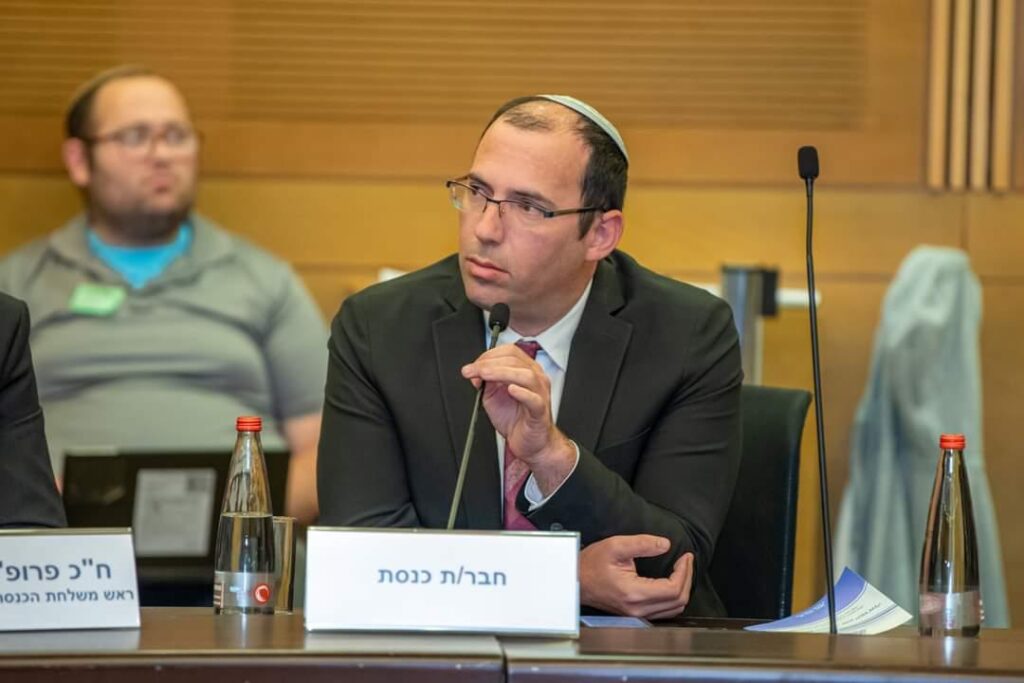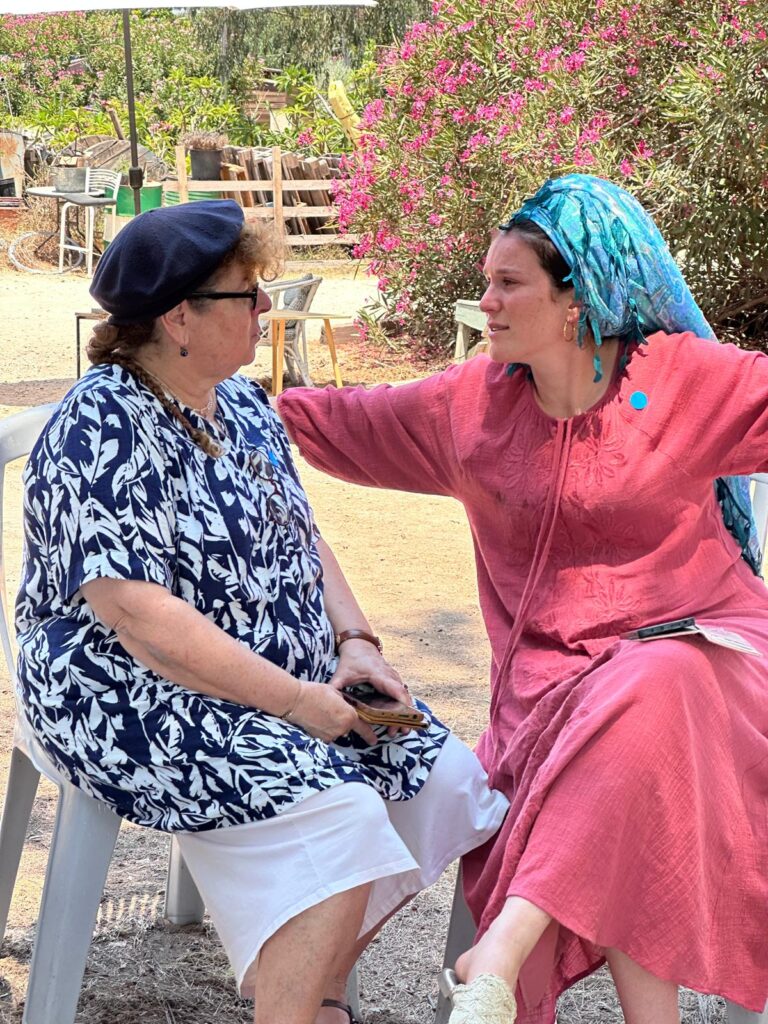August 2005: The Month the Israeli Supreme Court Removed Its Body Armor
MK Simcha Rothman
For years, many Israelis—particularly from the national camp—have grown increasingly uneasy with the ever-expanding reach of the Supreme Court and the judiciary into nearly every area of life in Israel.
Still, despite deep concerns over the activist rulings of then-Chief Justice Aharon Barak and his colleagues, especially on matters of national security and constitutional law, many on the political right believed it was wiser not to tamper with the Court’s growing power.
“The wheel turns,” they told themselves. “Today we’re in power, but one day we’ll be in the opposition. Then we’ll be grateful for a strong judiciary that defends our rights. Today, the Attorney General answers letters from left-wing opposition figures and grants them legal remedies—but when the tables turn, he’ll protect ourfreedom of speech and right to protest.”
Then came the Disengagement of 2005.
And it became clear to everyone: it had all been a lie.
It wasn’t universal human rights that guided the Court when it struck down laws passed by the Knesset—but a particular brand of “enlightened” human rights. If you had the misfortune of being a settler in Gush Katif, the Court saw no problem destroying your legally-built home and throwing you to the wolves—without “proper purpose,” without “proportionality.”
The same Court that wouldn’t allow the demolition of a terrorist’s home—because it supposedly violated human rights—fully endorsed the demolition of thousands of homes belonging to law-abiding citizens who had committed no crime.
And if you thought the Attorney General—tasked with upholding protest rights—would protect you when you took to the streets to demonstrate against the expulsion, think again. He, along with his judicial allies, engineered expedited legal procedures to extend mass arrests. They stopped buses in the north on their way to protests. They greenlit Shin Bet interrogations of road-blocking teens, labeling them a “life-endangering threat to traffic” punishable by 20 years in prison.
Let’s not forget: criminal investigations into corruption allegations against the Prime Minister conveniently vanished the moment the Disengagement plan was set in motion. The depth of the expulsion mirrored the depth of the buried investigations.
That was the moment when the national camp finally woke up.
They realized they had been played. Their good faith had been exploited. The Israeli legal system wasn’t defending justice or human rights—it was working relentlessly to ensure that even if the people vote Right, they get Left.
The supposed defense of judicial oversight and the “rule of law” wasn’t about principle—it was about preserving the unchecked privilege of a small, unelected elite that saw no need to answer to the public.
Sure, the elected officials who carried out the Disengagement must bear responsibility. But in their defense, they accomplished one unintended but valuable outcome: they ripped off the mask from the face of what many now call “The Supreme Court’s party.”
The illusion of objectivity. The syrupy rhetoric of the so-called judicial revolution. These were the Court’s bulletproof vest—its body armor—against calls for change. But during the Disengagement, the Court removed that armor. It exposed its true nature.
And in post-2005 Israel, no power remained strong enough to stand in the way of a growing public demand for a judiciary that operates with transparency, diversity, and accountability. A system that truly serves justice—not just left wing ideology.
The people demanded Judicial Reform and Judicial Reform they should get.
